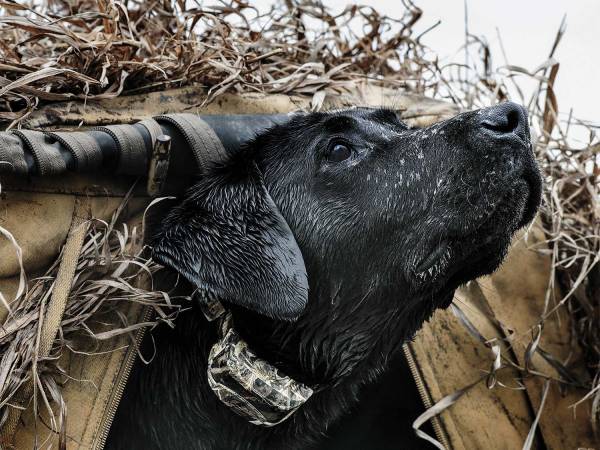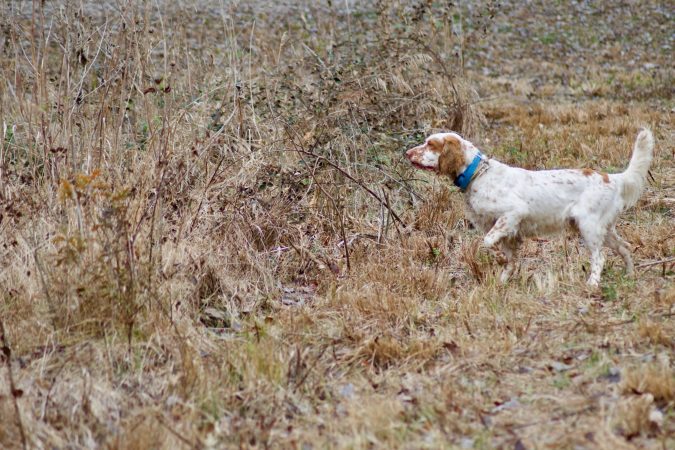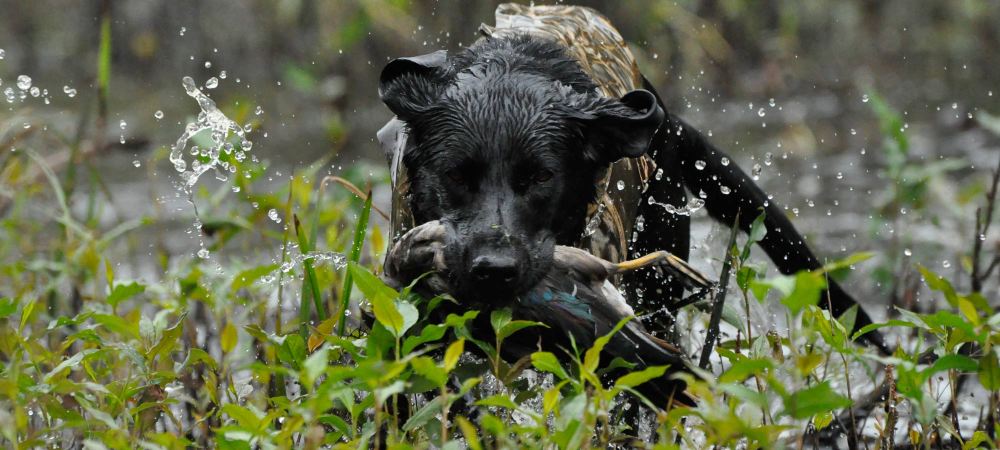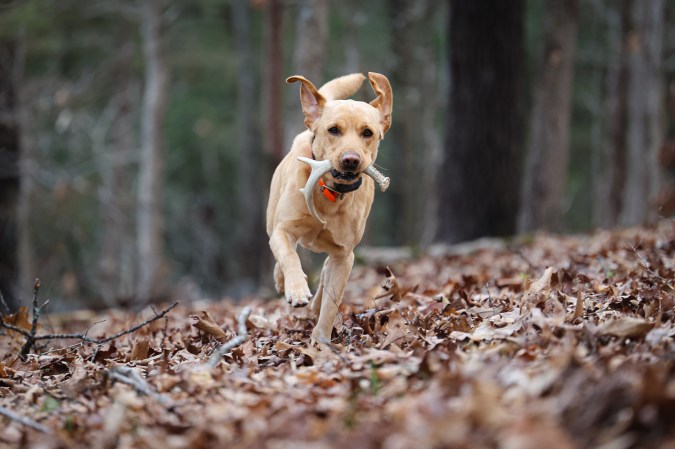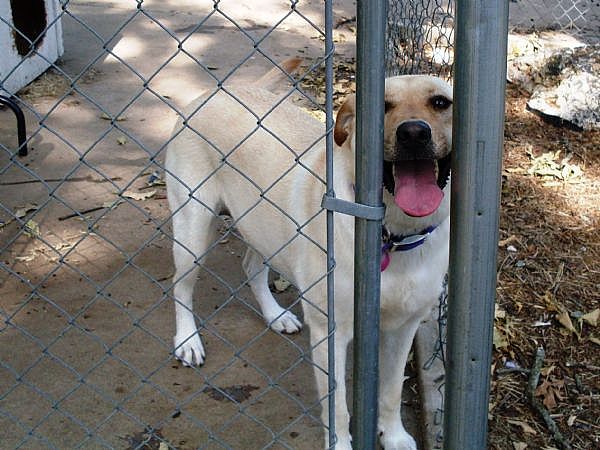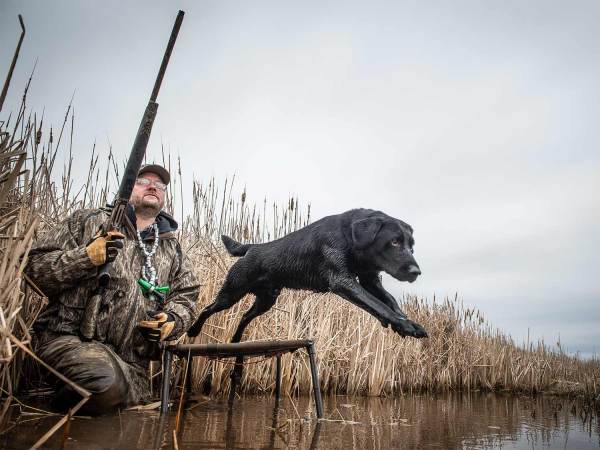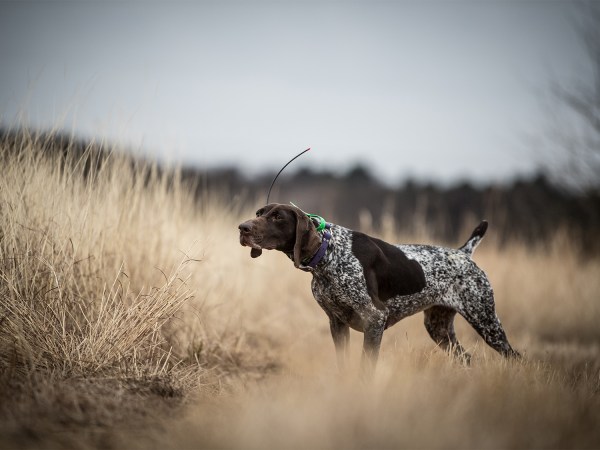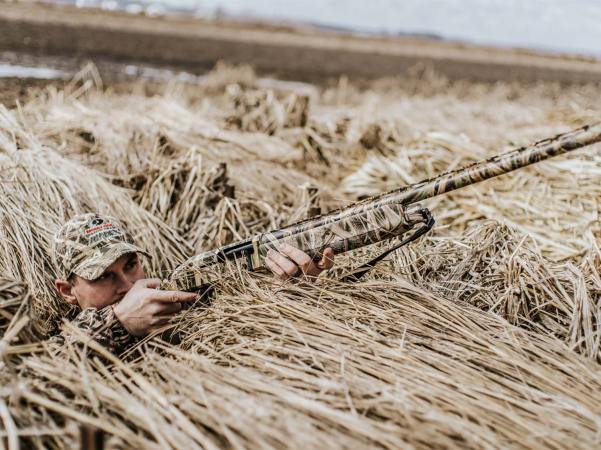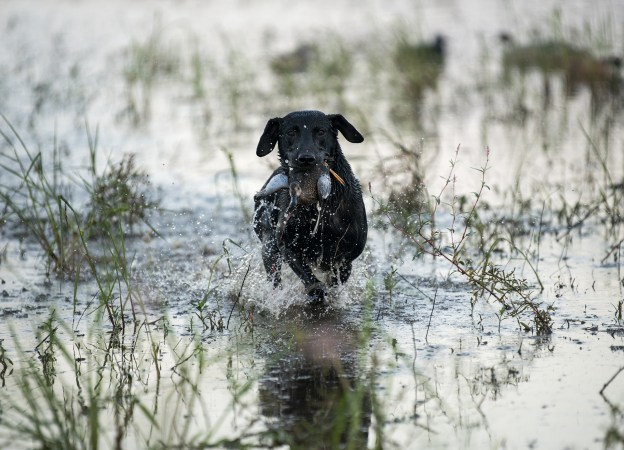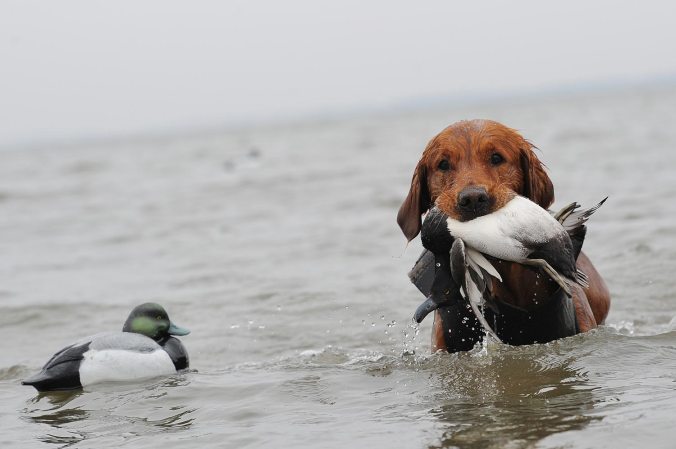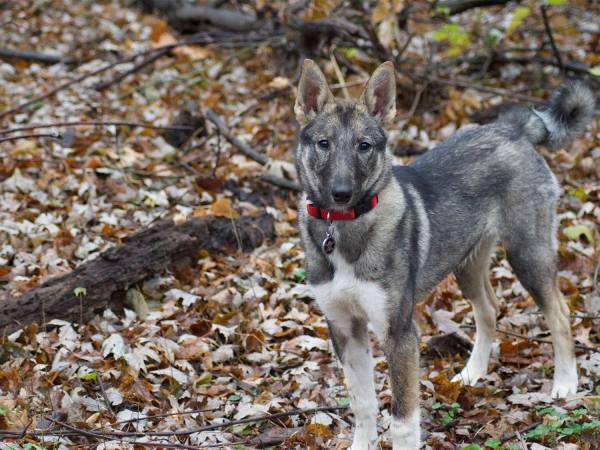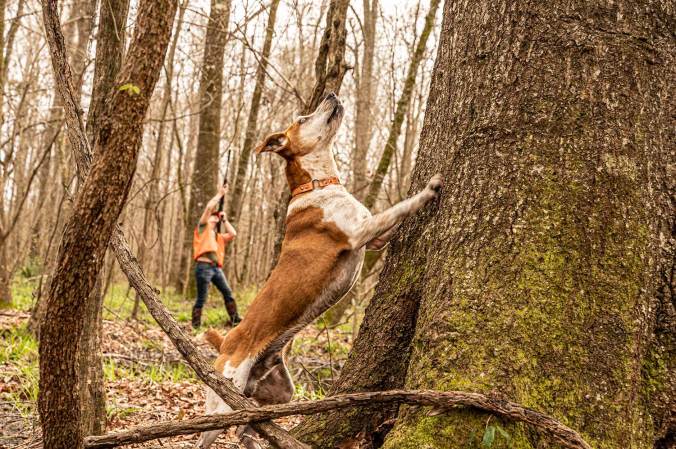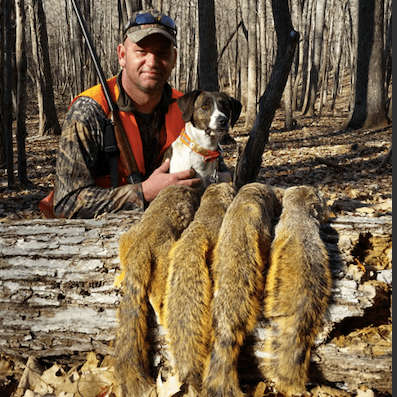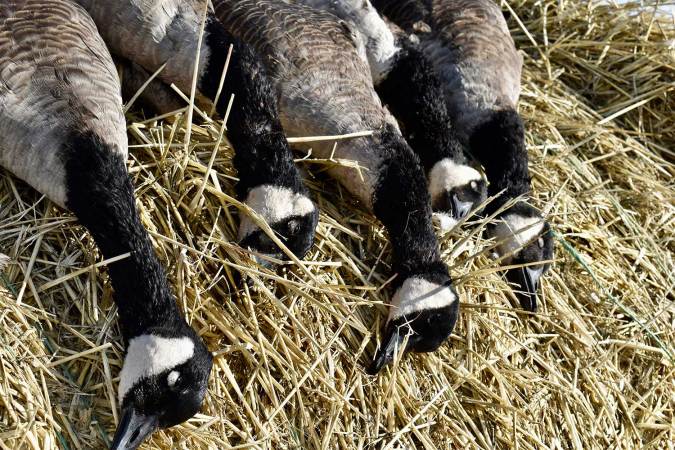To keep upland and duck dogs primed for the fall, you need to train and exercise them all year long. But in the dog days of summer there are a few drills that can make a tremendous difference in your pup’s performance come opening day. Jennifer Broome is one of the best gun dog trainers in the country and her kennel QK Dogs is widely respected by hunters and dog handlers. She has some key tips for getting gun dogs primed for the season that won’t take much time out of your day. If you’re looking for smart and simple drills you can mostly do on your own, you’ve come to the right place. Stick to the basics Broome outlines below, and your gun dog will excel in the marsh or uplands this fall. —J.G.
1. Staying Cool
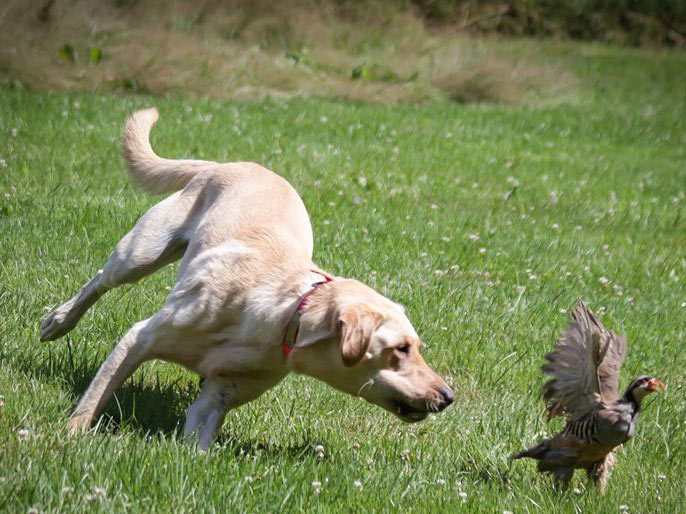
We all love having our dogs inside with us, but you need to acclimate dogs to the climate before exercising them, particularly during the hot summer months. I’m not saying you can’t bring them into the house, but a dog that spends all day loafing in the air conditioning can run into serious heat exhaustion problems if he isn’t used to the heat and humidity. Don’t just walk out of the house on a humid August morning and start throwing bumpers. Field dogs greatly benefit from living at least part of their days outdoors (with shelter and water) in order to better adjust to the temperatures in which they are required to work.
You really need to watch your dog in summer, particularly if he has packed on a few too many pounds. A dog that is one pound overweight is on par with a human who is 10 pounds overweight. Two of the tell-tale signs that your dog is tired or dehydrated is a low tail and a cupping of the tongue while the dog is panting. Keep an eye on his tongue. If it’s out and he’s breathing hard, it may be time to slow down the work. But if looks like you could pour a Dixie cup of water into his tongue because it’s cupped and curled upwards, he’s overheating and you need to cool him off. Get him to a stream or pond if you can. If one isn’t nearby, go to a shady spot and pour water on his belly, paws, or inside his ear flaps (not the ear canal). If you have only limited water, DO NOT pour it on his back, as it could overheat him even more. Getting into the air conditioning is a smart way to cool down, too. —J.B.
2. Staying Fit
As humans, we know to stretch and start slow before a workout, but dogs don’t think about self-preservation. If you start with strenuous bumper work, with your dog going after it full-tilt, grabbing and pivoting, or jumping off the dock, you’re just asking for a sports-related injury. Start with simple walking and leash healing drills to let dog’s muscles warm up, or even let them run around with a bumper in their mouth to warm up before the hard core retrieving drills start. I like to bike with my dogs or ride on an ATV and let them trot alongside me to keep in shape. You can walk them as well. Longer distances at a trotting pace is great for fitness training. If you have access to small rivers that aren’t more than 20 to 50 yards wide, these are awesome places to kayak during the summer and let your dog swim. It’s a low impact form of exercise and if your pup gets tired, he can take a rest on the bank. —J.B.
3. Whistle Tune-Up Work
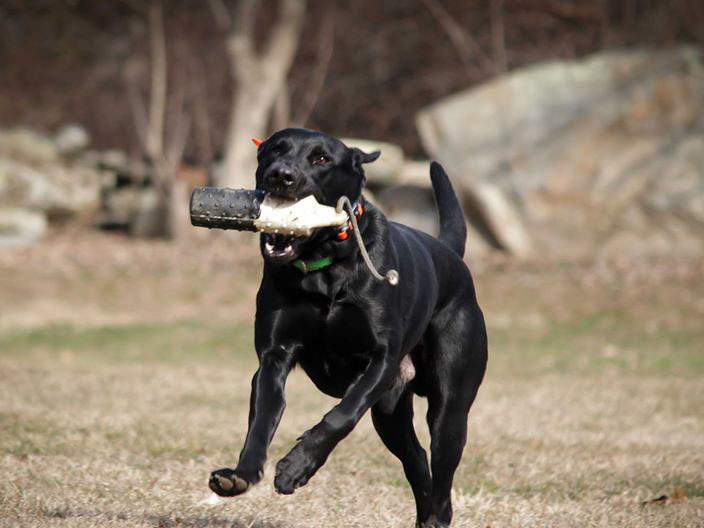
If you have whistle-trained your dog to stop (one whistle blast), turn and/or release (two whistle blasts), and return (three whistle blasts), this is a great drill to teach steadiness. I take a bumper, live bird, or dead bird to get the dog excited. Then, as I throw the bumper, I simultaneously blow the whistle. This teaches the dog to sit at the “take off” to simulate a bird flush. I have the dog remain steady until I release him to retrieve and then return the bird to hand. This is a great drill to reinforce whistle stops as well as condition them to automatically stop when a bird flushes. I will incorporate a starter pistol into this drill, which mimics a shotgun being fired. That trains my dog to be steady anytime a gun goes off. It’s an invaluable asset to keep gun dogs safe in the uplands or duck blind. —J.B.
Read Next: Your Pup’s First Year of Hunting Dog Training
4. Walk-Around Bumper Drills
In this drill, you command the dog to sit and then walk away (10 to 60 yards), throw a bumper, and use a hand signal to cast your dog to the bumper (note: the dog must already be trained to take hand signals). The dog picks it up and brings it to you. This reinforces steadiness, hand signals, and delivery. Hunt test and field trial handlers will do this drill at some extreme distances (200 to 300 yards), but you want to focus on throwing the dummy within range of realistic shots on birds during the season. If your dog breaks, move closer (inside 10 feet) and try throwing the bumper at a sharper angle behind you. As you throw the bumper, lean in and command the dog to “sit.” —J.B.
5. Two-Person Marking Drill
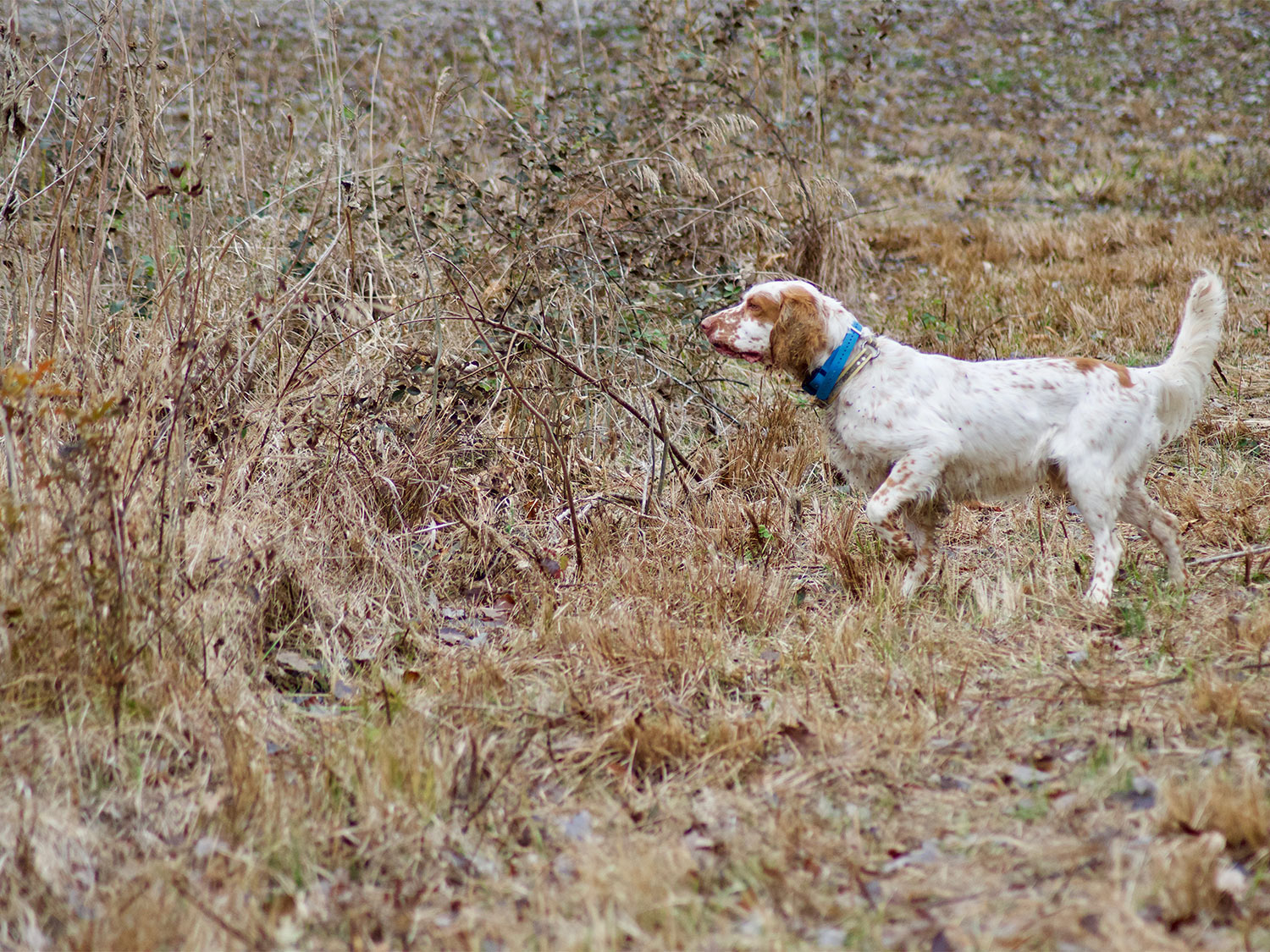
You will need a partner with another dog for this drill. You and your dog will be 40 to 50 yards away from the other handler and dog. Have the other handler yell or make noise and throw a bumper or dead bird. You will send your dog and have him bring the bumper back to you. Then you will do the same for your partner and his or her dog. Move around to different spots in the field and don’t throw the bumper in the same spot every time. This gets dogs used to picking up birds in different places as they will on a hunt, and it also reinforces honoring, plus proper pickup and delivery. This drill is also great for marking, steadiness, and exercise. —J.B.
6. Send Back Drill
This is a good one for duck dogs. I use a small canvas blind for this drill. The dog sits next to it (if you have some kind of platform for the dog to sit on, that’s best) while I walk out in front of the blind. I walk out 10 to 60 yards and throw a dummy and send the dog with a hand signal cast. When the dog makes the retrieve to hand, I then send the dog back to his place next to the blind with a “back” command. Every time you throw a bumper, the dog should return it to you, and then he gets sent “back” to his spot next to the blind. It reminds the dog that his place is next to the blind and that he only retrieves when you ask him to. You are also reinforcing the “back” command, because every time the dog returns to the blind, you are directing him to do so with the voice command “back.” Like the other drills, this one also works on marking, steadiness, exercise, delivery to hand, and hand signals. —J.B.
7. Diving Ducks
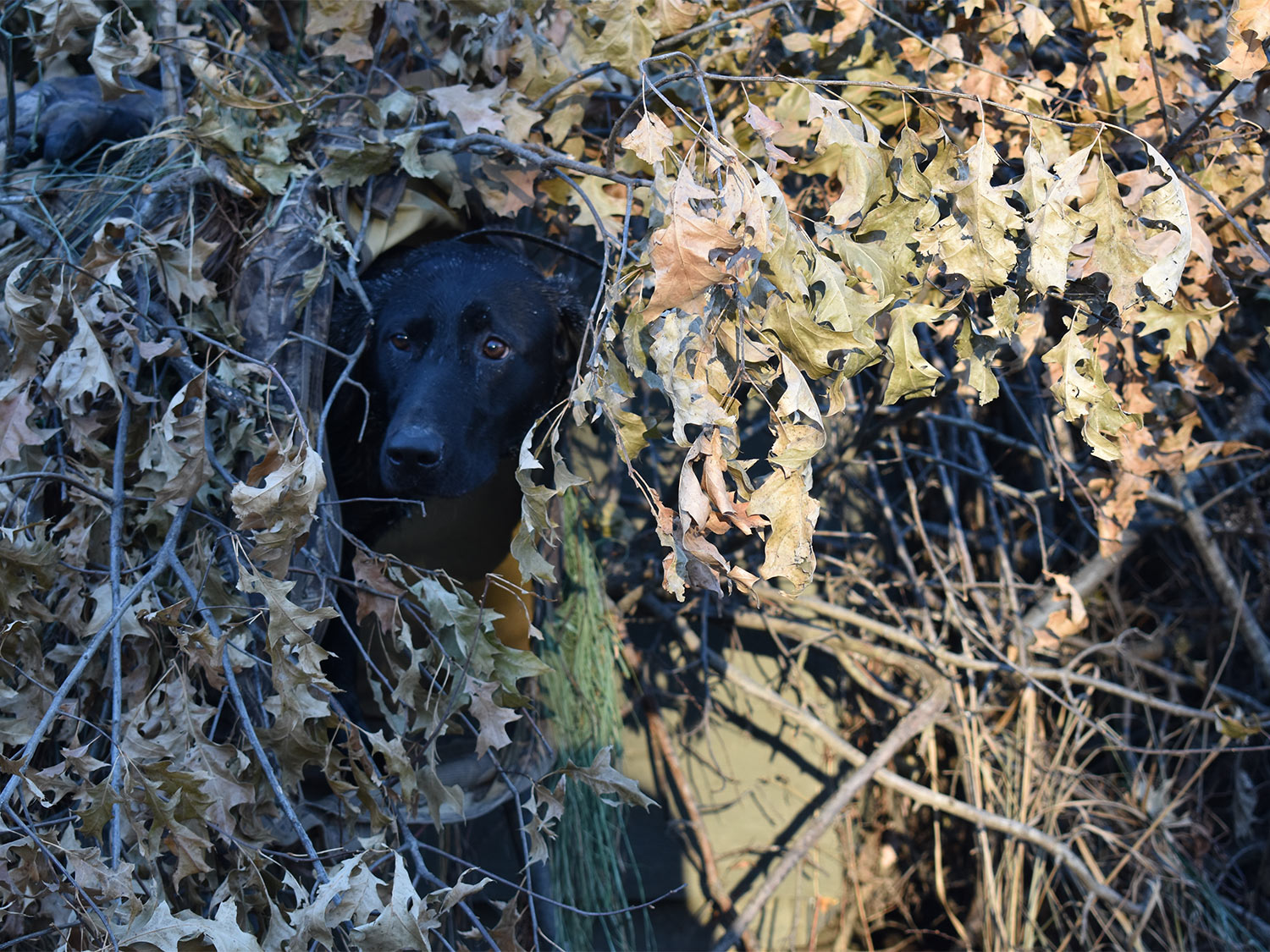
It’s actually pretty simple to teach your Lab to chase down crippled ducks on the water. I pluck the primary feathers out of a ducks’ wings (you can buy training ducks, and do not try to capture your own—it’s illegal) and release it in a small pond with vegetation. Then I send the dog and let him retrieve the duck. You have to make sure the pond isn’t too big. Make it fairly easy for the dog to retrieve the “wounded” bird. Most ducks dive as they are pursued by a dog, and this drill teaches the dog what to do when that happens. They learn to scan the water to see where the duck emerges, which trains them on sight and scent. As ducks emerge from under the water, they often stay low to get away. By using a small, shallow pond the dog often wears out the duck and can catch it.
This drill really fires up prey drive, teaches the dog to dive under water after a duck as well as persist in the chase even when the duck disappears. If the dog can’t make the retrieve, I add another dog to help. If neither of them can bring back the duck, I throw a dead bird in the water to make sure there is a retrieve. You want a positive outcome whenever possible. This drill also reveals how your dog performs on cripples. It will help you grasp how much time you should allow the dog to try and retrieve a bird before calling off the chase. We always want to put the birds we shoot on the game strap, but not if it jeopardizes our dog’s safety. —J.B.
8. Walking Baseball Drill
You can do this in an open field or in the backyard, just set the drill up like you are on the infield of a baseball diamond. Stand at home plate and command the dog to sit on the pitcher’s mound. Throw a dummy to first, second, or third base. Then cast the dog to retrieve the bumper (right, back or left), deliver it to hand and return the dog to the pitcher’s mound. You can throw multiple bumpers at the same time too, and you can also move around to the other bases and throw the dummies from those spots. But the dog always stays on the mound. —J.B.


